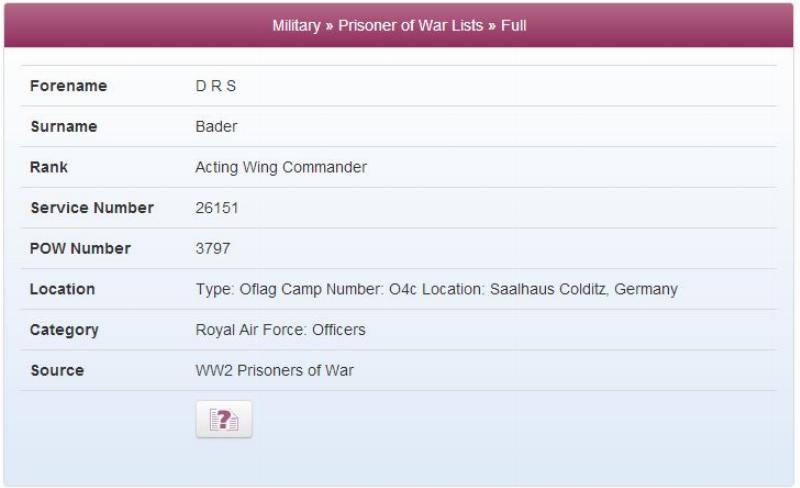TheGenealogist adds more than 342,500 to their 1939 Register, opening previously closed records
TheGenealogist.co.uk has just added over 342,500 new records to the 1939 Register for England and Wales. Researchers can now see all people born in 1922 opened under the 100 year rule along with those who have passed away since the last release.
TheGenealogist’s version of the 1939 Register is matched to its powerful mapping tool, Map Explorer™ so that researchers can see more accurately where their ancestor’s house was situated on maps down to house, street or parish level, giving more detail than ever before. With its SmartSearch family historians can discover even more from the records in the 1939 Register not just where their ancestors were living as the Second World War began in Britain, but potential birth and death records.
Sir Christopher Lee in the 1939 Register as a 17 year old
TheGenealogist’s unique and powerful search tools and SmartSearch technology offers a hugely flexible way to look for your ancestors at this time. Searching the 1939 Register on TheGenealogist also allows researchers to take advantage of some powerful search tools to break down brick walls. For example there is the ability to find ancestors in 1939 by using keywords, such as the individual’s occupation or their date of birth. Researchers may also search for an address and then jump straight to the household or, if you are struggling to find a family, you can even search using as many of their forenames as you know.
Having discovered a record in the 1939 Register, TheGenealogist then gives its subscribers the ability to click on the street name and so view all the residents in the road. This feature can be used to potentially discover relatives living in the area and can therefore boost your research with just a click.
The 342,543 newly opened records from the 1939 Register, linked to the detailed mapping tool on TheGenealogist, is a tremendous way for family historians to discover where their forebears lived in September 1939.
See TheGenealogist’s article: The “Count” and the Contessa found in the 1939 Register
About TheGenealogist
TheGenealogist is an award-winning online family history website, who put a wealth of information at the fingertips of family historians. Their approach is to bring hard to use physical records to life online with easy to use interfaces such as their Tithe and newly released Lloyd George Domesday collections.
TheGenealogist’s innovative SmartSearch technology links records together to help you find your ancestors more easily. TheGenealogist is one of the leading providers of online family history records. Along with the standard Birth, Marriage, Death and Census records, they also have significant collections of Parish and Nonconformist records, PCC Will Records, Irish Records, Military records, Occupations, Newspaper record collections amongst many others.
TheGenealogist uses the latest technology to help you bring your family history to life. Use TheGenealogist to find your ancestors today!



